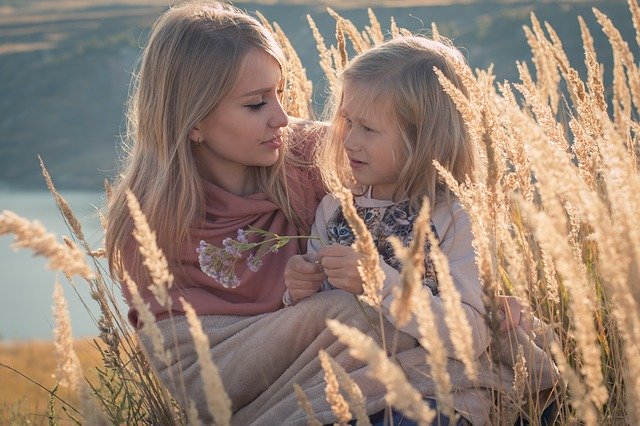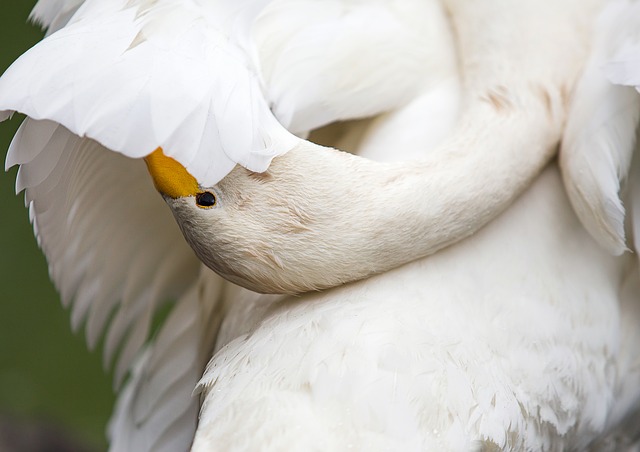We make assumptions about many aspects of our lives, including about the motivations of others when they do something that has an adverse effect on us – but more often than not our assumptions are wrong. In this era of Long Covid, it is easy to assume that we suffer from this condition, particularly if we are experiencing multiple symptoms that persist months after a Covid infection. The Mayo Clinic, for instance, identifies a wide range of symptoms that could be attributed to Long Covid. They suggest that seeing a medical practitioner in the first instance is important to ensure that we eliminate other possible explanations of our symptoms. They also provide suggestions about what information to record about our symptoms before we visit the medical practitioner.
I have been experiencing peripheral neuropathy (pain in my ankles and numbness in my feet) for some time after an earlier Covid infection. When I listened to Gez Medinger, co-author of the Long Covid Handbook, during the Long Haul & CFS Summit, I began to attribute all my symptoms to Long Covid. Gez had outlined a range of Long Covid symptoms that aligned with what I was experiencing. However, having done more research about peripheral neuropathy, especially listening to the video podcast of Dr. Shanna Patterson, a leading neurologist, I was keen to explore my symptoms further. Shanna explained that there were potentially multiple causes for neuropathy, including structural issues.
Investigating peripheral neuropathy – an on-going symptom
I undertook an X-Ray through a referral by my medical practitioner and discovered that I did have a structural problem in my lumbar spine – degeneration of several discs and potential spinal stenosis. The structural problems in my spine more likely began at age 12 when I was involved in a serious car accident (before seat belts were available) – our family car rolled multiple times after being hit in the side by another car and then went over a 3 metre embankment, landing on its hood.
From what I have read, tennis (especially the service action) can aggravate spinal injuries. This was made patently obvious to me in 1997 when a disc in my lower back collapsed, leaving me with severe sciatica for 18 months (finally rectified through multiple natural health modalities such as osteopathy, physiotherapy and hydrotherapy). I was able to resume playing tennis after these lengthy treatments once I adopted some modifications to my tennis game (especially my serve).
However, now the wear and tear on my spine is so severe that I am unlikely to be able to play tennis again without causing further irreparable damage. Despite this loss of my favourite sport, I am grateful that I took my doctor’s advice and that of experts like Shanna, and investigated my peripheral neuropathy, rather than just assuming these particular symptoms were caused by nerve damage as a result of Long Covid (even though this could be a contributor).
Reflection
I have not fully comprehended what it means for me to give up playing tennis which has been so much a part of my life for over 60 years. Tennis has been my escape from the pressures of daily life and a means of developing mindfulness and the associated competencies of paying attention, being in the present moment and visualisation. Tennis has been a catalyst for savouring my competence and accomplishments. It has also facilitated reflection on my blind spots and managing mistakes.
To manage this current challenge to “letting go” of my self-image as a fit and competent tennis player, I will have to turn to my mindfulness practice. As Frank Ostaseski reminds us in his book, The Five Invitations, that in the face of loss and grief, we have to let go of the identities that we have become attached to. He emphasises the preciousness of life and the impermanence of everything.
As I grow in mindfulness through my daily practices, I hope to readily accept the loss of my capacity to play tennis, let go of my related identity, redefine who I am, accept the impermanence of everything and learn to savour the preciousness of life.
Alexia Chellun in her song Surrender also encourages us to “let go” and surrender our fear while opening up to harmony and our higher being.
________________________________
By Ron Passfield – Copyright (Creative Commons license, Attribution–Non Commercial–No Derivatives)
Disclosure: If you purchase a product through this site, I may earn a commission which will help to pay for the site, the associated Meetup group, and the resources to support the blog.







